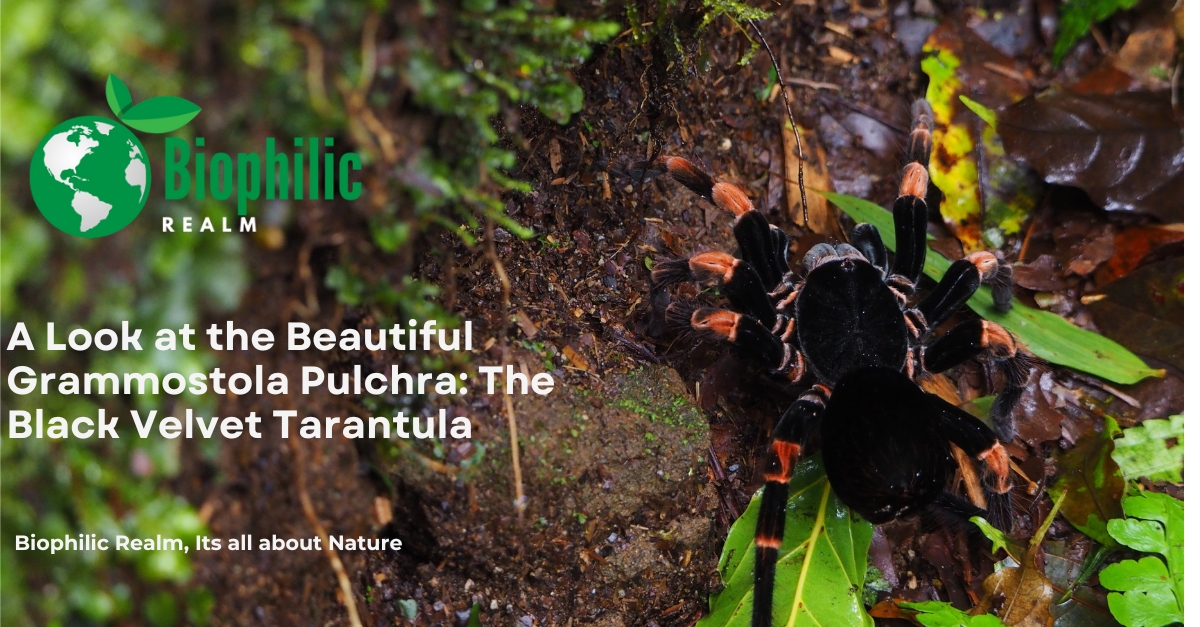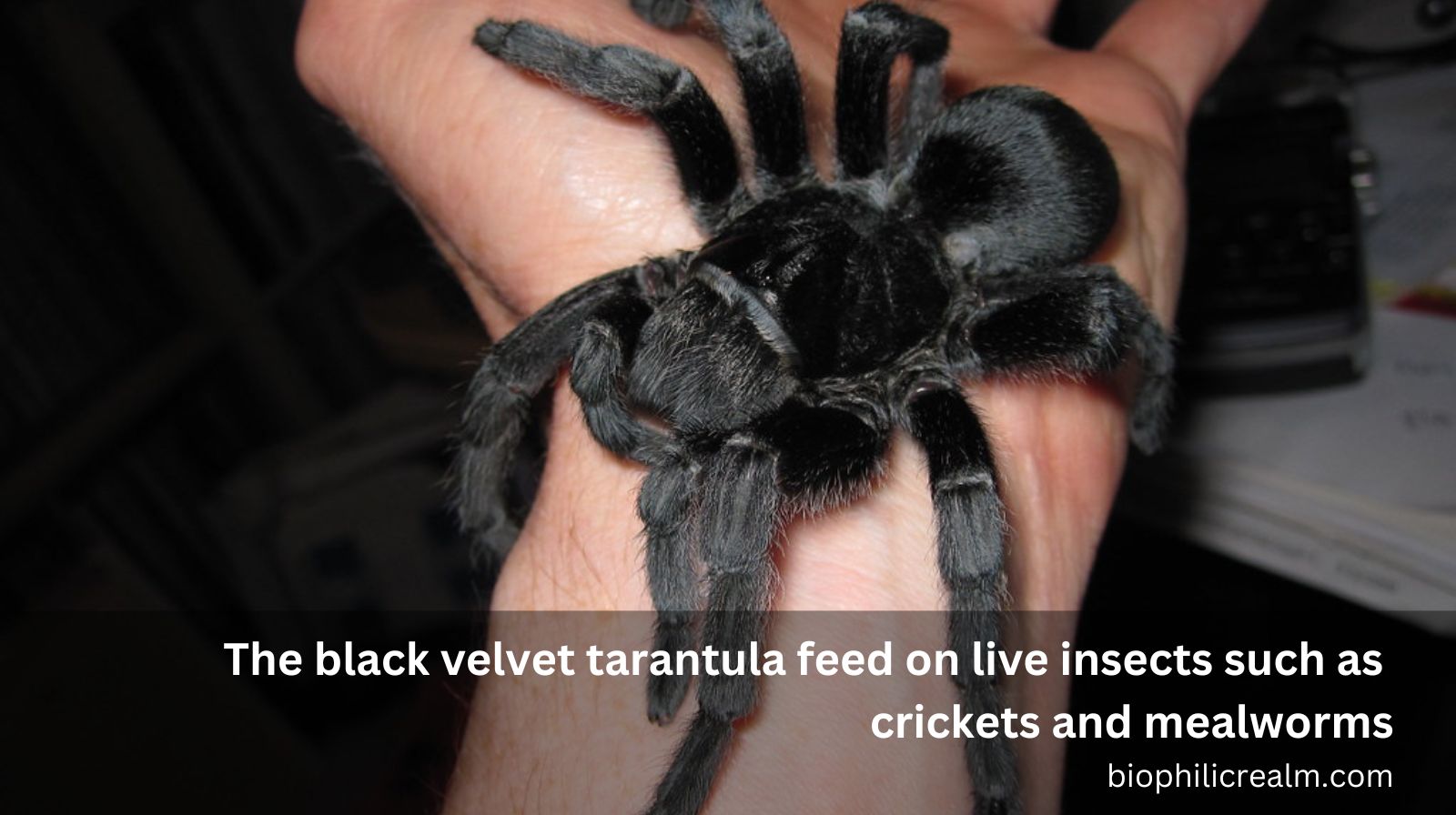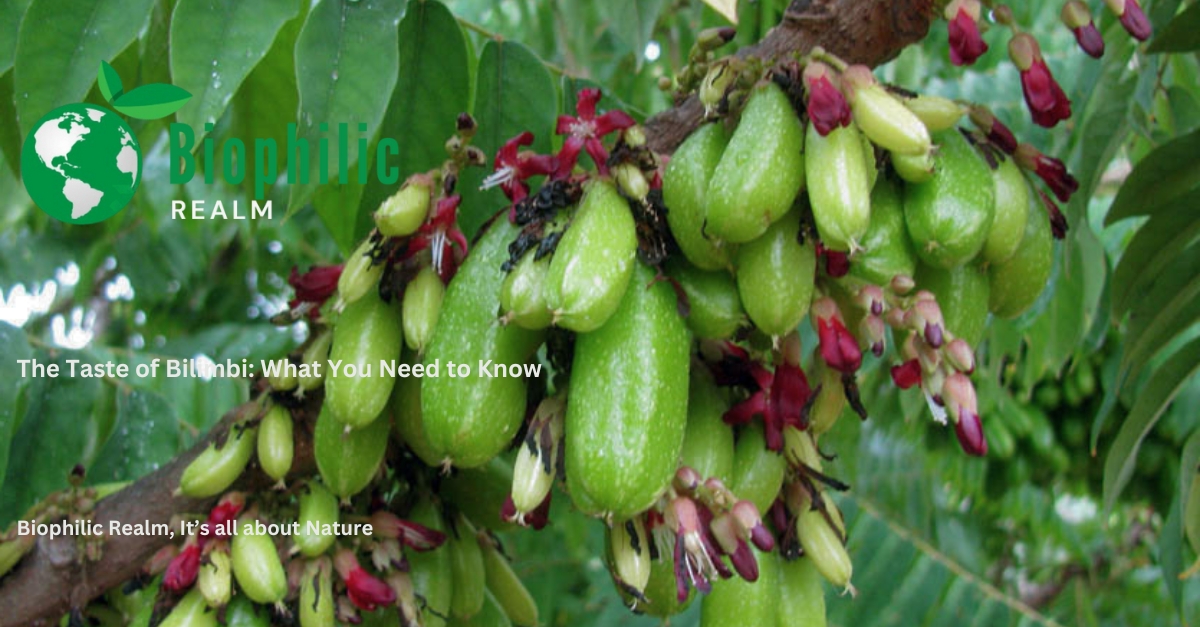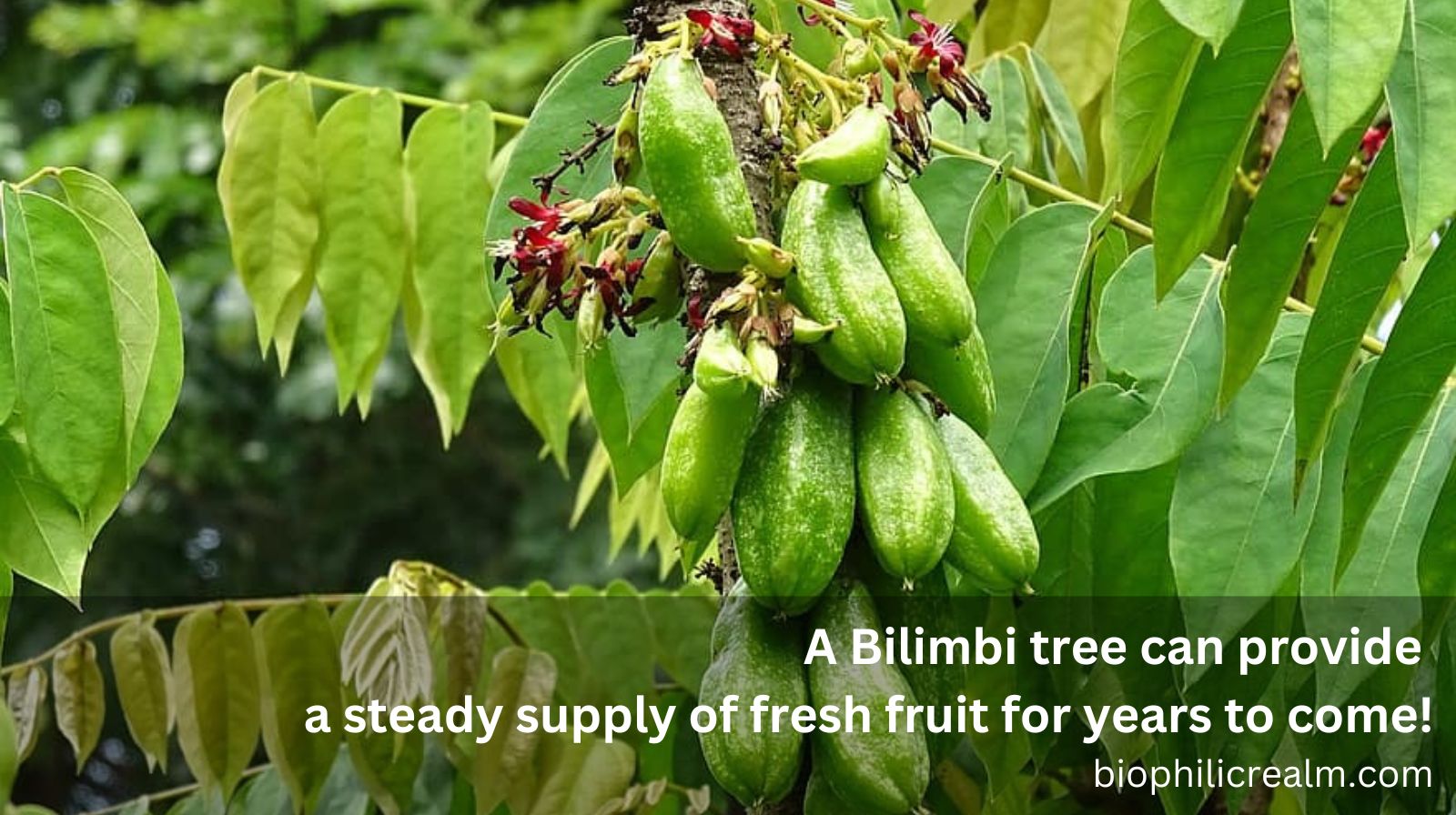Nature
A Look at the Beautiful Grammostola Pulchra: The Black Velvet Tarantula

[ad_1]
Do you know about the mesmerizing beauty of the Grammostola pulchra, also known as the black velvet tarantula? In this article, we’ll take a closer look at this stunning arachnid, including its appearance, habitat, behavior, and care as a pet. Whether you’re an arachnid enthusiast or simply curious about these fascinating creatures, this article will provide you with all the information you need to appreciate the beauty and wonder of the black velvet tarantula.
What does the Grammostola pulchra look like?
The Grammostola pulchra, or black velvet tarantula, lives up to its name with its striking appearance. This species is known for its deep black color, which gives it a velvety sheen. Its body is covered in dense, soft hairs, adding to its unique and beautiful appearance. The black velvet tarantula has a sturdy build, with a leg span that can reach up to 6 inches in length. This species is also known for its docile nature, making it a favorite among tarantula enthusiasts.
In addition to its captivating appearance, the black velvet tarantula is also known for its relatively long lifespan, with females living up to 20 years in captivity. Its slow growth rate and calm demeanor make it an attractive choice for those looking to keep a tarantula as a pet.
Where does the black velvet tarantula live in the wild?
The Grammostola pulchra is native to Brazil, where it inhabits the subtropical forests of the South American country. Within its natural habitat, this species can be found in underground burrows or among rocky crevices. It is a nocturnal creature, emerging at night to hunt for food. The black velvet tarantula is a shy and secretive species, preferring to keep to itself in the safety of its burrow.
As a result of habitat destruction and collection for the pet trade, the black velvet tarantula is considered to be at risk in the wild. Conservation efforts are underway to protect this species and its natural habitat, ensuring that future generations can continue to marvel at its beauty and unique characteristics.
What is the behavior of the black velvet tarantula?
Despite its formidable appearance, the Grammostola pulchra is known for its calm and gentle behavior. This species is not aggressive and will typically only bite in self-defense. When threatened, the black velvet tarantula will often try to escape or flick urticating hairs from its abdomen as a warning before resorting to biting. However, bites from this species are generally mild and are not considered to be medically significant to humans.
The black velvet tarantula is a solitary creature, usually only coming into contact with other individuals during mating. In captivity, they prefer to have their own space and will become stressed if housed with other tarantulas. When kept as pets, they require a quiet and undisturbed environment to thrive, with plenty of hiding places and a comfortable temperature and humidity level.
How do you care for the black velvet tarantula as a pet?
If you’re considering keeping a black velvet tarantula as a pet, it’s important to provide the right care and environment for this species. A suitable enclosure for the Grammostola pulchra should be spacious enough for the tarantula to move around comfortably, with a substrate that allows for burrowing. It’s crucial to maintain the right temperature and humidity levels within the enclosure, as well as providing hiding spots and a shallow water dish for drinking.
Feeding the black velvet tarantula is relatively straightforward, as they primarily subsist on a diet of live insects such as crickets and mealworms. When handling the black velvet tarantula, it’s essential to do so with care and gentleness, as they can be fragile and may become stressed if handled too frequently. Overall, providing the right care and attention will ensure that your black velvet tarantula remains healthy and content in their environment.

Conclusion
The Grammostola pulchra, or black velvet tarantula, is a beautiful and intriguing species that captivates enthusiasts and nature lovers alike. With its stunning appearance, gentle demeanor, and unique characteristics, this species continues to be a subject of fascination and wonder. Whether observed in the wild or kept as a pet, the black velvet tarantula serves as a reminder of the beauty and diversity of the natural world.
FAQs
Is the black velvet tarantula dangerous?
No, the black velvet tarantula is not considered to be dangerous to humans. While they possess venom and may bite in self-defense, their bites are generally mild and not medically significant.
Can the black velvet tarantula be kept as a pet?
Yes, the black velvet tarantula can be kept as a pet. However, it’s important to provide the right care and environment to ensure the well-being of the tarantula.
How long do black velvet tarantulas live?
In captivity, female black velvet tarantulas can live up to 20 years, while males have a shorter lifespan of about 3-6 years.
Do black velvet tarantulas require a specific diet?
Black velvet tarantulas primarily feed on live insects such as crickets and mealworms, providing them with the necessary nutrition they need to thrive.
Are black velvet tarantulas at risk in the wild?
Yes, due to habitat destruction and collection for the pet trade, black velvet tarantulas are considered to be at risk in the wild. Conservation efforts are in place to protect this species and their natural habitat.
[ad_2]

Nature
Easy Ways to Dispose of Pine Cones

[ad_1]
In this article, we will discuss easy and effective ways to dispose of pine cones. Whether you have a backyard full of pine cones or you just want to clean up your yard, we have you covered with simple solutions to get rid of these natural debris.
1. How can I dispose of pine cones in my yard?
One easy way to dispose of pine cones in your yard is to simply rake them up and place them in a compost bin. Pine cones are organic materials that will decompose over time and add nutrients to your soil. You can also use them as mulch around your garden beds to help retain moisture and suppress weeds.
If you have a large quantity of pine cones, you can consider renting a wood chipper to turn them into mulch or simply bag them up and dispose of them in your local green waste collection.
2. Can I use pine cones for crafting or DIY projects?
Yes, pine cones can be a great natural material for crafting and DIY projects. You can use them to make wreaths, ornaments, and even fire starters. To prepare pine cones for crafting, you can bake them in the oven at a low temperature to remove any insects or sap.
Once they are clean and dry, you can paint them, add glitter, or even use them as natural fillers in flower arrangements. Get creative and turn those pine cones into beautiful decorations for your home!
3. What are some creative ways to use pine cones indoors?
In addition to crafting and DIY projects, pine cones can also be used in various ways indoors. You can display them in a bowl as a natural centerpiece on your dining table or coffee table. You can also add them to a vase with some branches and flowers for a rustic touch.
Another creative way to use pine cones indoors is to place them in a mesh bag and hang them in your closet or drawers. The natural scent of the pine cones will help keep your clothes smelling fresh and repel moths.
4. Are there any eco-friendly ways to dispose of pine cones?
Yes, there are several eco-friendly ways to dispose of pine cones. One option is to scatter them in your yard or garden as natural bird feeders. Birds love to pick at the seeds inside pine cones, providing them with a tasty snack.
You can also place pine cones in a suet feeder or mix them with birdseed in a tray feeder to attract a variety of bird species to your backyard. Not only is this a sustainable way to dispose of pine cones, but it also helps support local wildlife.
5. What should I avoid when disposing of pine cones?
When disposing of pine cones, it is important to avoid burning them in a fire pit or fireplace. Pine cones can release harmful chemicals when burned, which can be hazardous to your health and the environment. Additionally, avoid throwing pine cones in the trash where they will end up in a landfill and take years to decompose.
Instead, opt for eco-friendly solutions such as composting, mulching, or using them for crafting and bird feeders. By choosing sustainable disposal methods, you can help reduce waste and make the most of these natural materials.

Conclusion:
Disposing of pine cones can be a simple and eco-friendly task with the right approach. Whether you choose to compost, craft, or use them as bird feeders, there are plenty of creative ways to make the most of these natural materials. By following the tips outlined in this article, you can easily clean up your yard and contribute to a healthier environment.
FAQs:
1. Can I burn pine cones in a fire pit?
No, burning pine cones can release harmful chemicals and should be avoided. It is not a safe or eco-friendly way to dispose of them.
2. Are pine cones good for the soil?
Yes, pine cones are organic materials that decompose over time, adding nutrients to the soil. They can be used as mulch to improve soil quality.
3. How do I prepare pine cones for crafting?
To prepare pine cones for crafting, you can clean them by baking in the oven at a low temperature to remove insects and sap. Once they are clean and dry, you can paint or decorate them for various projects.
4. Can pine cones attract wildlife to my yard?
Yes, pine cones can attract birds to your yard when used as natural bird feeders. They provide a source of food and entertainment for various bird species.
5. What is the best way to dispose of pine cones sustainably?
Composting, mulching, crafting, and using them as bird feeders are all sustainable ways to dispose of pine cones. These methods benefit the environment and allow you to make the most of these natural materials.
[ad_2]
Nature
The Taste of Bilimbi: What You Need to Know

[ad_1]
A flavorful and unique fruit, Bilimbi, also known as Averrhoa bilimbi, is a tropical tree native to Malaysia and Indonesia. In this article, we will explore the taste of Bilimbi, its culinary uses, nutritional benefits, and how it can be incorporated into your diet. From its tangy flavor to its potential health benefits, Bilimbi is a fruit worth trying if you’re looking to expand your culinary horizons.
What does Bilimbi taste like?
Bilimbi has a distinct taste that can be described as a combination of sour, tangy, and slightly bitter. Its flavor is reminiscent of a mix between a green grape and a lemon, making it a popular ingredient in many Southeast Asian dishes. The fruit is best enjoyed when it is fully ripe, as it becomes sweeter and less acidic.
When eaten raw, Bilimbi can be quite sour, which may not be to everyone’s taste. However, when cooked or pickled, the fruit’s flavor mellows out, making it a versatile ingredient in savory and sweet dishes alike. Its acidic nature also makes it a popular choice for adding a zesty kick to sauces, marinades, and chutneys.
How can Bilimbi be used in cooking?
Bilimbi can be used in a variety of ways in cooking, both in its raw and cooked forms. The fruit can be sliced and added to salads for a tangy crunch, or blended into smoothies and juices for a burst of flavor. In Southeast Asian cuisine, Bilimbi is often used in curries, sambals, and pickles to add a sour note to dishes.
One popular way to enjoy Bilimbi is by making a sweet and tangy Bilimbi jam, which can be spread on toast or used as a topping for desserts. The fruit’s high acidity also makes it a great candidate for pickling, as it can help preserve the fruit and enhance its flavor profile. For those with a sweet tooth, Bilimbi can be candied or used in jams, jellies, and syrups to add a unique twist to traditional recipes.
What are the nutritional benefits of Bilimbi?
Bilimbi is a nutrient-dense fruit that offers a range of health benefits. It is high in vitamin C, an essential nutrient that supports immune function and skin health. The fruit also contains antioxidants, such as flavonoids and phenolic compounds, which can help protect cells from damage caused by free radicals.
In addition to its antioxidant properties, Bilimbi is a good source of fiber, which can aid in digestion and help regulate blood sugar levels. The fruit is also low in calories and fat, making it a healthy addition to a balanced diet. Incorporating Bilimbi into your meals can help boost your intake of essential nutrients and support overall health and well-being.
How can Bilimbi be grown at home?
Bilimbi trees can be grown at home in tropical and subtropical climates, as they require warm temperatures and high humidity to thrive. The trees can be grown from seeds or cuttings, and should be planted in well-draining soil with plenty of sunlight. Regular watering and fertilizing can help promote healthy growth and fruit production.
When the fruit is ripe, it can be harvested by hand and used fresh or preserved for later use. Pruning the tree regularly can help maintain its shape and encourage new growth. With proper care and attention, a Bilimbi tree can provide a steady supply of fresh fruit for years to come.

Conclusion
In conclusion, Bilimbi is a versatile fruit with a unique flavor profile that can add a tangy twist to a variety of dishes. From its sour and slightly bitter taste to its potential health benefits, Bilimbi is a fruit worth exploring if you’re looking to expand your culinary repertoire. Whether eaten fresh, cooked, or pickled, Bilimbi is sure to leave a lasting impression on your taste buds.
FAQs
Is Bilimbi the same as starfruit?
No, Bilimbi and starfruit are two different fruits. While they both belong to the genus Averrhoa, they have distinct flavors and appearances. Bilimbi is smaller and more sour than starfruit, which has a sweeter taste and a star-like shape when sliced.
Can Bilimbi be consumed by individuals with citrus allergies?
Individuals with citrus allergies should exercise caution when consuming Bilimbi, as the fruit’s high acidity may trigger a reaction in some people. It is recommended to consult a healthcare professional before adding Bilimbi to your diet if you have citrus allergies.
Is Bilimbi high in sugar?
Bilimbi is low in sugar compared to other fruits, making it a good option for those looking to limit their sugar intake. The fruit’s tart flavor comes from its high acidity, rather than its sugar content.
Can Bilimbi be used in baking?
Yes, Bilimbi can be used in baking to add a tangy flavor to cakes, muffins, and other baked goods. The fruit can be chopped or pureed and added to batter or frosting to create a unique twist on traditional recipes.
Are there any medicinal uses for Bilimbi?
In traditional medicine, Bilimbi has been used to treat a variety of ailments, including colds, coughs, and skin disorders. The fruit’s high vitamin C content and antioxidant properties may help boost immunity and promote overall health. However, more research is needed to determine the full extent of Bilimbi’s medicinal benefits.
[ad_2]
Nature
Exploring the Limits of Biogeographic Realms

[ad_1]
In this article, we will discuss the fascinating world of biogeographic realms, exploring the limits of these distinct geographical regions and the unique plant and animal species that inhabit them.
What are Biogeographic Realms?
Biogeographic realms are large areas of the Earth’s surface defined by the distribution of plant and animal species. These realms are characterized by distinct geographic and climatic features that influence the types of species that can survive and thrive within them. There are eight major biogeographic realms in the world, each with its own unique set of biodiversity.
The boundaries of biogeographic realms are determined by factors such as temperature, rainfall, and geological features. These boundaries can be physical barriers, such as mountain ranges or bodies of water, that prevent species from migrating between realms.
How are Biogeographic Realms Studied?
Scientists study biogeographic realms using a variety of methods, including field research, remote sensing technology, and DNA analysis. By studying the distribution of species within different realms, researchers can gain insight into how species have evolved and adapted to their environments over time.
Biogeographic realms are also studied through the analysis of fossil records, which can provide valuable information about how species have migrated and evolved in response to changing environmental conditions. Understanding the history and dynamics of biogeographic realms is essential for conservation efforts and for predicting how species may respond to future environmental changes.
What are the Limits of Biogeographic Realms?
The limits of biogeographic realms are influenced by a combination of physical and ecological factors. Physical barriers, such as mountain ranges, deserts, and oceans, can create boundaries that restrict the movement of species between realms. Ecological factors, such as temperature, rainfall, and soil composition, can also play a role in defining the limits of biogeographic realms.
While biogeographic realms are useful for categorizing and studying the distribution of species on Earth, it is important to remember that these boundaries are not rigid or permanent. Species can and do migrate between realms, sometimes as a result of natural processes such as climate change or geological events.
What are the Implications of Studying Biogeographic Realms?
Studying biogeographic realms can provide valuable insights into the diversity of life on Earth and the processes that drive the distribution of species. By understanding how species are distributed across different realms, scientists can identify areas of high biodiversity that may be particularly important for conservation efforts.
Additionally, studying biogeographic realms can help researchers understand how species respond to environmental changes and how they may adapt to future challenges, such as habitat loss or climate change. This knowledge is essential for developing effective conservation strategies and for preserving the delicate balance of ecosystems around the world.

Conclusion
Exploring the limits of biogeographic realms offers a fascinating glimpse into the intricate web of life on Earth. By studying the distribution of species across different realms, scientists can uncover valuable insights into how biodiversity is shaped by geographical and environmental factors. Understanding the boundaries and dynamics of biogeographic realms is crucial for conservation efforts and for preserving the rich tapestry of life that exists on our planet.
FAQs
1. Can species move between biogeographic realms?
Yes, species can and do migrate between biogeographic realms, sometimes as a result of natural processes such as climate change or geological events. However, physical and ecological barriers can limit the movement of species between realms.
2. How do scientists study biogeographic realms?
Scientists study biogeographic realms using a variety of methods, including field research, remote sensing technology, DNA analysis, and analysis of fossil records. These techniques help researchers understand the distribution of species and how they have evolved over time.
3. What are the practical implications of studying biogeographic realms?
Studying biogeographic realms can help scientists identify areas of high biodiversity that are important for conservation efforts. This knowledge can also inform conservation strategies and help researchers understand how species may respond to future environmental changes.
4. Why are biogeographic realms important for conservation?
Biogeographic realms are important for conservation because they help scientists identify areas of high biodiversity that are crucial for preserving ecosystems. By understanding the distribution of species and the boundaries of different realms, researchers can develop effective conservation strategies.
5. Are the boundaries of biogeographic realms rigid or permanent?
While the boundaries of biogeographic realms are useful for categorizing and studying the distribution of species, they are not rigid or permanent. Species can and do migrate between realms in response to natural processes and environmental changes.
[ad_2]
-

 Nature2 years ago
Nature2 years agoTurkey Tail Mushroom vs False Turkey Tail: Spotting the Difference
-

 Animals2 years ago
Animals2 years ago10 Fun Facts About Coyotes
-

 Nature2 years ago
Nature2 years agoThe Beauty of Green and White Leaf Plants
-

 Animals2 years ago
Animals2 years agoKeeping Rats Away from Your Bird Feeder: Tips and Tricks
-

 Animals2 years ago
Animals2 years agoHow to Keep Rats Away from Bird Feeders: Simple Tips
-

 Biophilic Design10 months ago
Biophilic Design10 months agoBiophilic Design Trends 2025: 7 Stunning Ideas to Transform Your Home
-

 Biophilic Design10 months ago
Biophilic Design10 months agoTop 10 Biophilic Design Ideas to Bring Nature Into Your Home
-

 Nature2 years ago
Nature2 years agoOmothymus Spider: One of the Largest Tarantula Species in the World
















